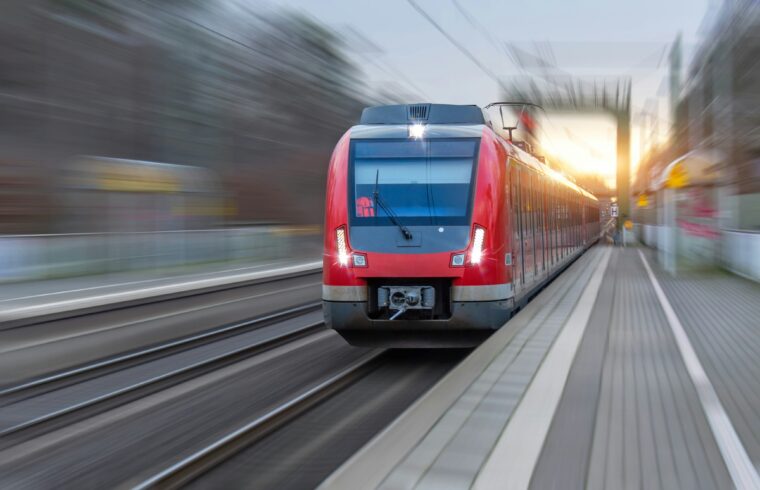For over a century, train drivers have sat at the helm of locomotives, guiding everything from city metros to cross-country express lines. Hands on the throttle. Eyes on the track. A steady presence inside the cab.
But increasingly — that cab is empty.
Not because there’s no train. Not because there’s no route.
But because artificial intelligence is taking over the controls.
While the spotlight often shines on autonomous cars or pilotless planes, there’s a quieter revolution happening on the rails. AI is already operating trains in cities, ports, and deserts around the world. It’s not science fiction. It’s not a future promise. It’s here.
And it’s changing not just how we move — but who moves us.
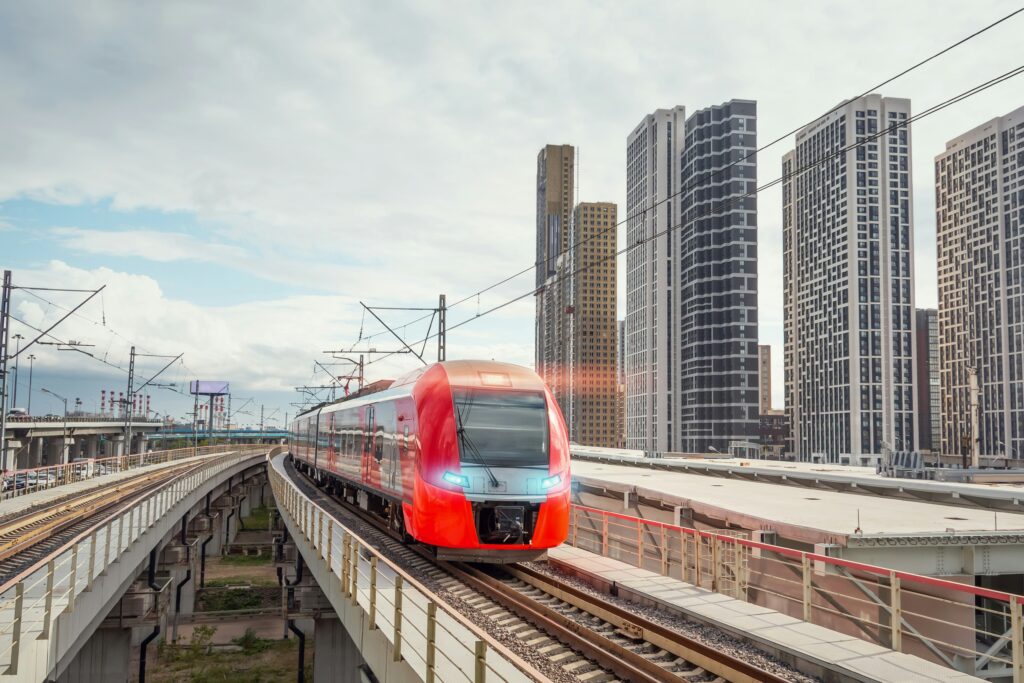
The Perfect AI Job? Not So Fast.
At first glance, trains seem like the easiest vehicle to automate.
They don’t have to steer — tracks take care of that.
They run on fixed routes with scheduled stops.
They don’t swerve around obstacles or make sudden lane changes.
There are no pedestrians crossing in the middle of nowhere.
Unlike autonomous cars or planes, trains operate in what looks like a controlled loop. Predictable. Contained. Clean.
So it’s fair to ask: why aren’t all trains already autonomous?
Turns out, the answer is both technical and human.
AI Is Already Driving Trains — Just Not Everywhere
Let’s be clear: trains without drivers already exist. And not just in testing labs.
Singapore’s MRT system is almost entirely driverless, with advanced AI handling acceleration, braking, and station stops.
Dubai Metro, the world’s longest fully automated metro network, operates without any onboard staff.
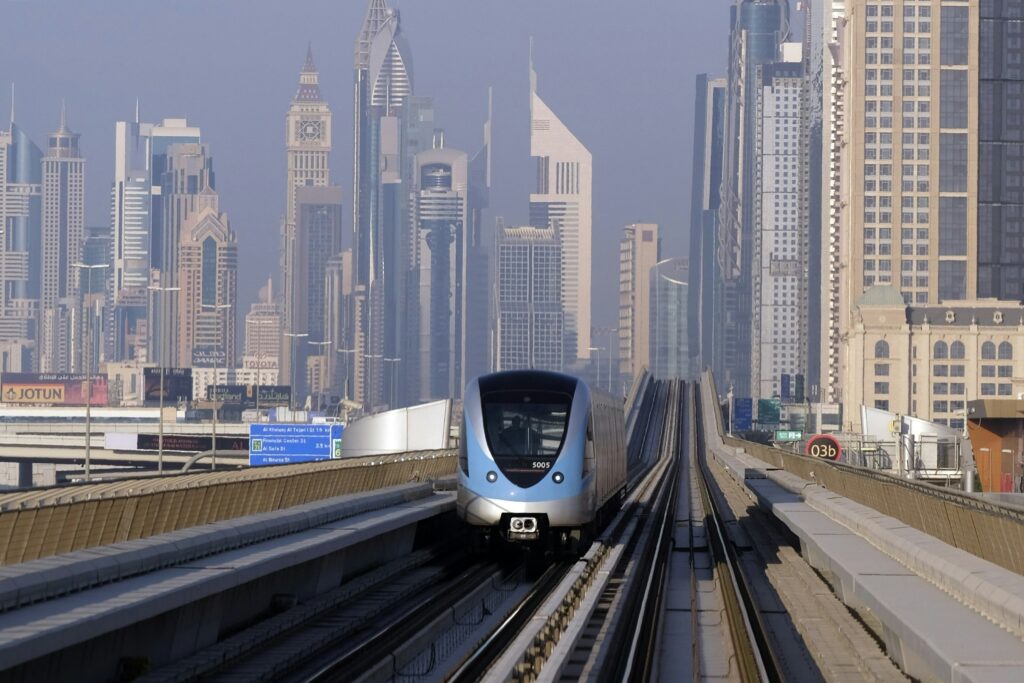
Copenhagen’s Metro has no human drivers — just sensors, AI algorithms, and centralized control.
Paris Metro Line 14 has been running autonomously since the 1990s.
Airport shuttles across the globe (like those at JFK or Heathrow) are often fully automated.
Even in the harsh Australian Outback, mining giant Rio Tinto operates the world’s largest autonomous freight train network, known as AutoHaul. It moves iron ore over hundreds of kilometers without a human onboard.
So yes, AI is already in the driver’s seat — just in specific types of rail systems.
What’s Stopping the Rest of the World?
If AI can handle a metro line in Paris or a freight train in the outback, why not your daily commuter train or long-distance express?
Let’s break it down.
Legacy Infrastructure
Many train systems — especially in older cities — rely on decades-old infrastructure. Tracks, signals, switches, and control systems weren’t built for automation. Upgrading these systems is expensive, slow, and often politically tangled.
You can’t just plug AI into a 1970s subway line and expect magic.
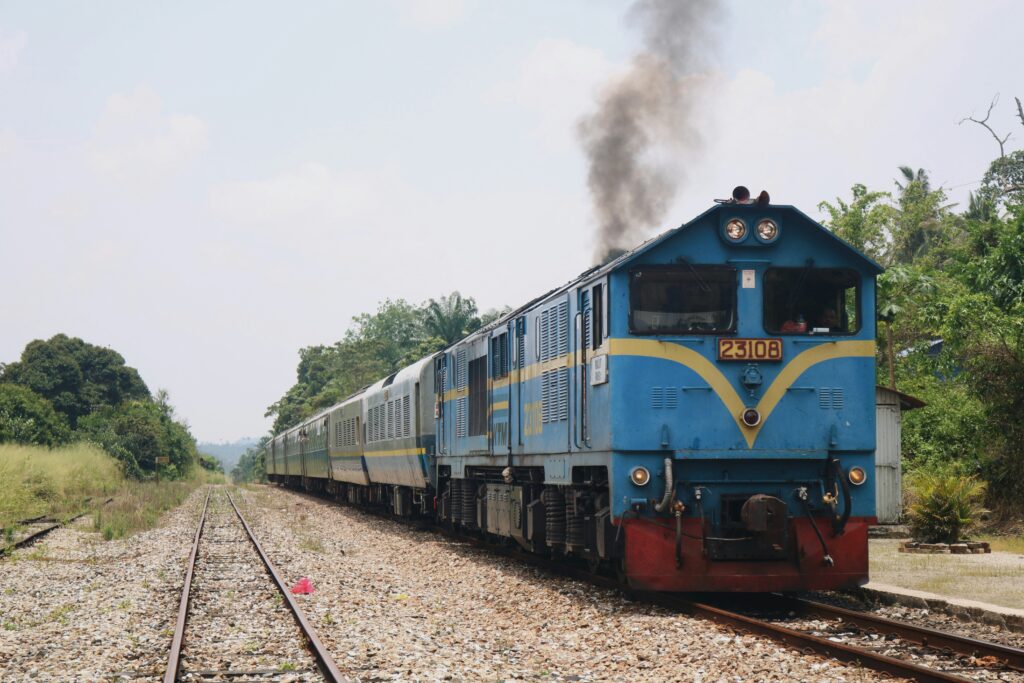
Mixed Traffic Complexity
On most major rail lines, passenger and freight trains share the same tracks. Some are fast, others slow. Some are manual, others partially automated. Unlike isolated metro systems, mixed rail environments are dynamic and unpredictable.
Autonomous systems need to account for every possible scenario — including human error from other trains.
Safety and Regulation
Governments take train safety very seriously. Trains carry hundreds of passengers, and one small failure can lead to catastrophic outcomes. AI systems must pass strict certification — and few regulators are willing to be the first to approve full autonomy in high-traffic areas.
There’s also a big question: who’s liable if something goes wrong?
The train company? The software vendor? The government?
Until that’s sorted, human operators remain the default safeguard.
Labor Unions and Political Resistance
Train operators are often unionized, and any move toward automation triggers fears of job loss. Labor groups argue that even if AI is capable, human oversight ensures accountability, safety, and adaptability.
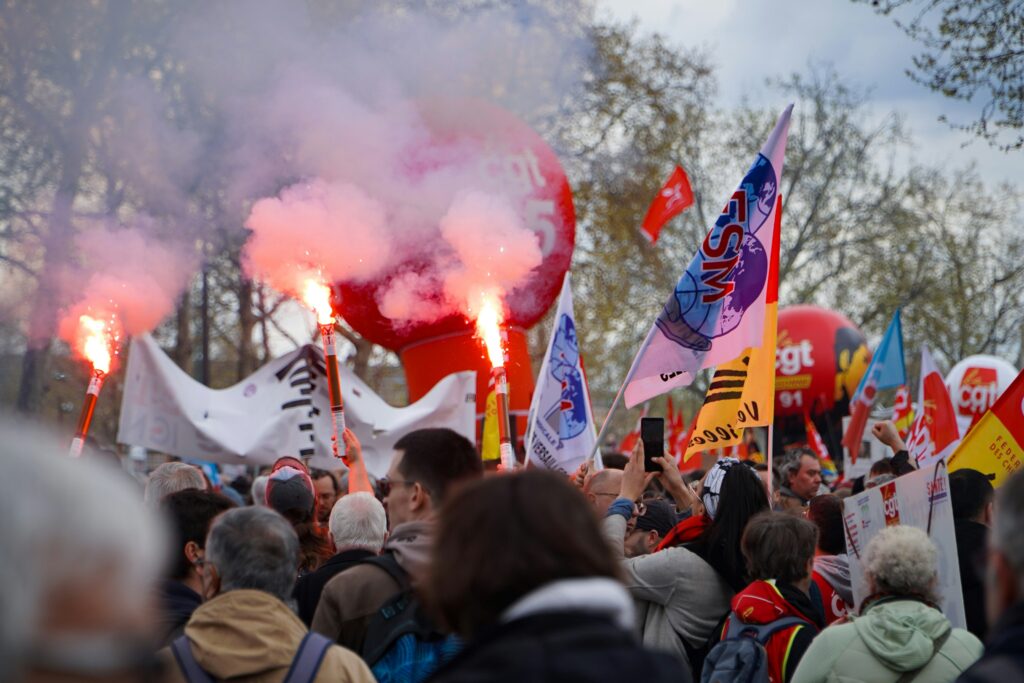
Many governments have bowed to this pressure, requiring that a human remain onboard — even if they’re just supervising the AI.
So What Is AI Doing Today? A Lot, Actually.
Even when AI isn’t fully driving the train, it’s already working behind the scenes in a big way. Let’s take a look:
Predictive Maintenance
AI uses sensors and machine learning models to detect when components — like brakes, wheels, or doors — are about to fail. This reduces breakdowns, improves safety, and saves money.
Real-Time Traffic Optimization
Modern control systems use AI to coordinate the movement of trains across a network, minimizing delays and optimizing flow. This is especially useful in cities with high-density transit like Tokyo or London.
Energy Efficiency
AI systems analyze topography, train weight, speed, and braking patterns to optimize energy use. Some cities have seen energy savings of up to 20% using AI-based driving systems.
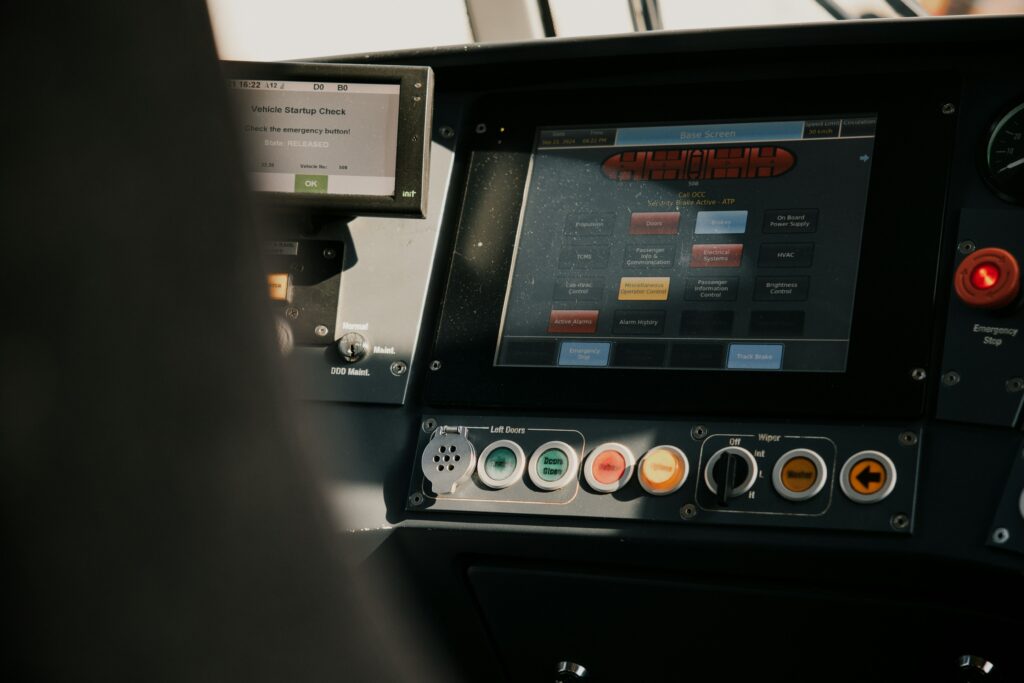
Passenger Flow Forecasting
By analyzing past ridership, events, weather, and even social media trends, AI helps transit agencies plan better schedules and allocate trains based on actual demand.
Safety Monitoring
AI-powered cameras and sensors can detect trespassers, objects on tracks, or unusual passenger behavior. This allows for faster response times and fewer accidents.
In short: AI is already deeply embedded in rail — even if it’s not wearing a conductor’s hat.
The Human Behind the Algorithm
Now let’s bring it back to the human side.
What happens to the person who used to sit up front?
In many cases, the train operator becomes a train supervisor — someone who monitors operations from a control center, steps in during emergencies, or oversees multiple trains remotely.
It’s not about pushing levers anymore. It’s about understanding systems.
Some roles will disappear, yes. But others will evolve. We’ll see new job titles like:
- Autonomous Rail Systems Technician
- AI Train Operations Analyst
- Remote Safety Supervisor
And in hybrid systems, humans and AI often share control — like a co-pilot and autopilot setup. The AI handles the routine. The human handles the weird stuff.
That’s the new model: collaboration, not replacement.
Case Study: Rio Tinto’s AutoHaul
Let’s pause and zoom in on one real-world example.
Rio Tinto, a mining company in Australia, invested over $900 million to develop AutoHaul — a fully autonomous freight train system operating in the remote Pilbara region.
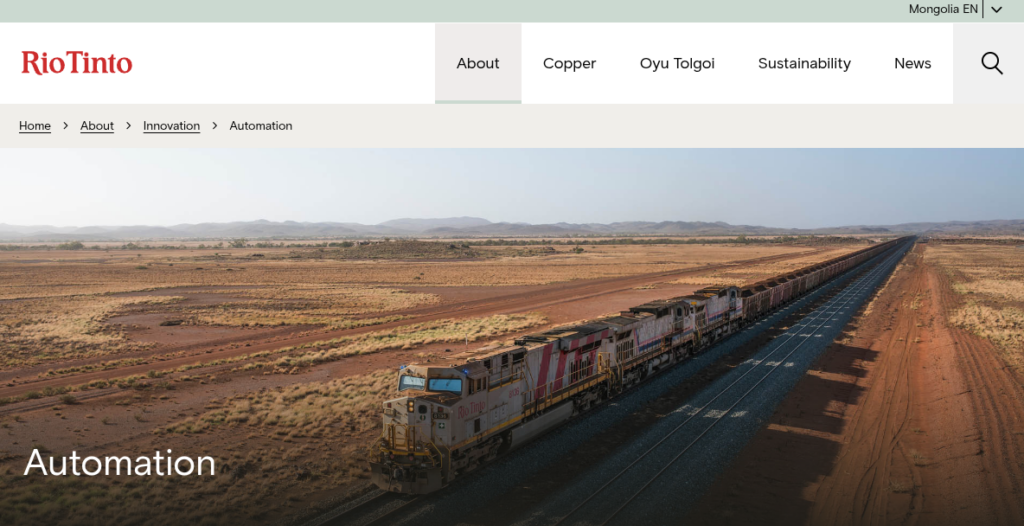
Why did it work so well there?
- Long, isolated tracks with no pedestrians or traffic
- Little interference from weather or urban complexity
- High cost savings from not flying in human crews
- Centralized control system with human oversight
It’s a near-perfect test bed for autonomous rail — and a strong proof of concept for future freight systems globally.
This is where full AI control really shines. And it’s likely where we’ll see the fastest adoption in the next 5–10 years.
Read more on Rio Tinto’s AutoHaul from Railway Gazette
What’s Next for AI on the Rails?
Here’s how experts expect the AI train journey to unfold:
Step 1: Metro & Light Rail
Already well underway. Expect even more driverless city transit systems over the next decade.
Step 2: Freight and Industrial Rail
Low-density, remote, and predictable. Perfect for autonomous scale-ups — especially in mining and port logistics.
Step 3: Intercity and Regional Rail
These systems are more complex due to infrastructure sharing and long distances. Expect hybrid models here, with human oversight and AI-driven subsystems.
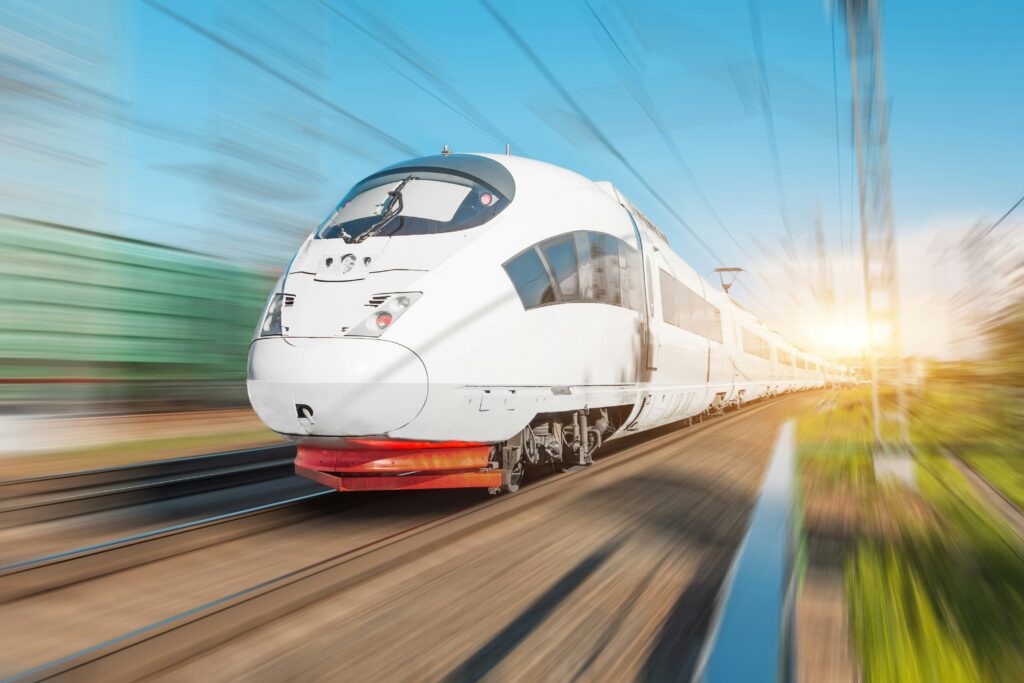
Step 4: High-Speed Rail
Will take the longest to automate, due to speed, complexity, and regulatory risk. But eventually, even bullet trains could become AI-controlled.
The Final Stop: Who’s Driving the Future?
It’s tempting to see automation as a binary: either a human drives the train, or AI does. But the reality is more layered.
What we’re seeing is a shift in responsibility — not just from human to machine, but from manual control to collaborative decision-making.
In many places, the driver is becoming more like a system operator. In others, AI quietly does the job — with no one even noticing.
The real story here isn’t just about technology.
It’s about trust. About safety. And about how we redefine work when machines become capable of doing more than just heavy lifting.
Because whether it’s a subway in Singapore or a freight train in Australia, one thing is clear:
AI might drive the train — but it’s still humans laying the track.
